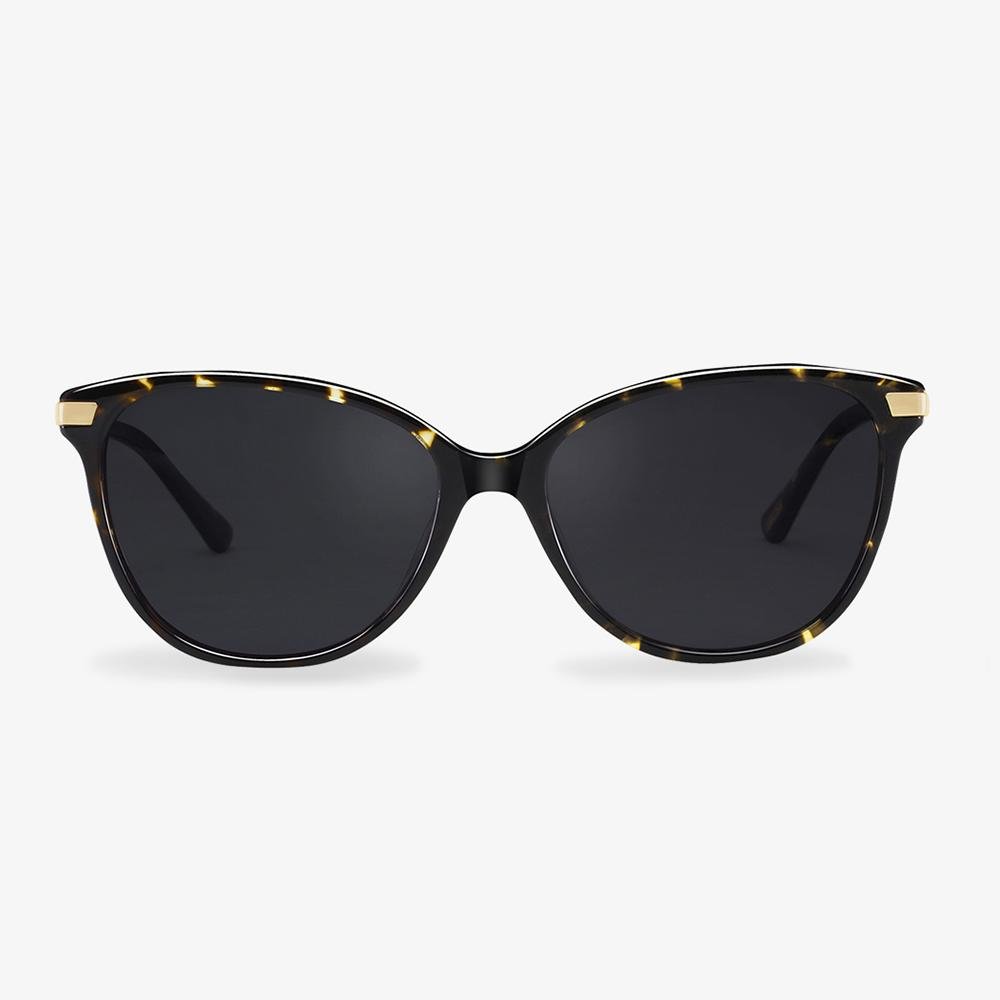Orthokeratology lens
Orthokeratology lenses appeared in the United States in the 1960s and became mature in the 1980s. In 1996, Taiwan first imported the product, and it entered mainland China the following year. It is called OK lens for short because of its pronunciation. After OK lens entered China, it was immediately found by businessmen. A lot of institutions and individuals who do not have the relevant qualifications have flooded into the operation of the OK lens. On July 5, 2001, the State Food and Drug Administration formulated the Regulations on the Supervision and Administration of the Operation, Inspection and Matching of Orthokeratology Lens, which regulated the operating institutions and testing and matching institutions of Orthokeratology lenses. But in China, the rule did not change the course of events.
The refractive index of the lens is related to the thickness of the lens.
The main factors that determine if a pair of finished glasses are beautiful, portable, and comfortable depending on the thickness and thinness of the processed lenses. Depending on the material, the index of refraction is different. If you just look at the refractive index, the higher the refractive index at the same degree, the thinner the lens will be. The thinner the lens will be, and the more beautiful the lens will be. However, the higher the refractive index, it is not the better. You can choose the refractive index lens suitable for yourself. But the refractive index is not the only factor that determines lens thickness. Think about the distance between your eyes and the size of the frames you choose, which can affect the thickness of the lenses you match. The larger the pupil distance, the smaller the frame, and the thinner the lens.
Lens anti-fogging agent
To be specific, a layer of the anti-fogging agent is sprayed (coated) on the surface of the lens to form a dense, absorbent, ultra-thin, and ultra-transparent biological coating. The coating chelates the droplets inside the coating (chelating means processing the material into a digestible form) to form a continuous and supper transparent chelating coating, which converts the droplets into a transparent micro-glass layer, thus preventing fogging. Spray anti-fogging agent on the surface of the lens, and then wipe evenly with an ordinary lens cloth. It can be used on most lenses. They are easy to use but have relatively short anti-fogging time. During use, the lens should not be wiped or washed. Long time use will affect the lens life.
Accurate optometry is key.
Optometry before wearing glasses is very key. Children's optometry should choose mydriasis optometry. Mydriasis optometry is a method of optometry designed specifically for children. It works by using drugs to completely paralyze the ciliary muscle of the eye so that it loses its regulatory role. So you can check out the child is true myopia or pseudomyopia. During optometry, you should pay attention to let the child as far as possible to relax, so as not to affect the effect of optometry. For the sake of children's health, it is recommended that parents and friends can take their children to a professional optometry place to choose glasses. In addition, do not rely solely on optometry to determine the child's glasses, but to see which degrees are more suitable.
Do night driving glasses work?
Yellow lenses reduce the amount of light entering the eyes, thereby reducing visibility. At night, this may be harmful, not beneficial.
Night driving glasses are available in a variety of yellow and amber colors. The darkest lens filters out the most glare, but also filters out the most light, making it difficult to see in dim or dark conditions.
Some night-driving glasses wearers report that they can see better when they wear them at night. However, visual tests have shown that night driving glasses do not improve night vision, nor can they help the driver see pedestrians faster than without them.
JCPenney Optical
JCPenney Optical is your one-stop-shop for all of your family's eyewear needs. Whether you need an eye exam, sunglasses, contact lenses, or a set of great frames, you'll find frames, prescription lenses, sunglasses, and contact lenses from fashion designers and trusted brands at low prices.
What Glasses Lens Thickness Should I Choose?
In this section, we will show you how to choose glasses lens thickness. Lens thickness will depend on the strength of your prescription, your pupillary distance, the size of the frame and the lens material. Usually, high prescription glasses are thick.
If you have moderate nearsightedness, you should choose thinner lenses at the edge thickness of your lenses will be more visible. If your sphere prescription is between -2.50 and -4.00, the lenses with a refractive index of 1.6 would be an ideal choice. A lens with a refractive index of 1.67 is suitable for sphere prescription between -4.00 and -6.00, and any prescription over that a lens with a refractive index of 1.74 will be more suitable.
So, when you purchase prescription glasses, consider the glasses’ lens thickness also. If you want to get a pair of prescription glasses online, Koalaeye Optical is recommended. It is an online optical store and provides all kinds of eyeglasses, sunglasses and frames. Besides, these glasses are stylish and cheap. If you purchased, the glasses will be mailed to you with great convenience.











































